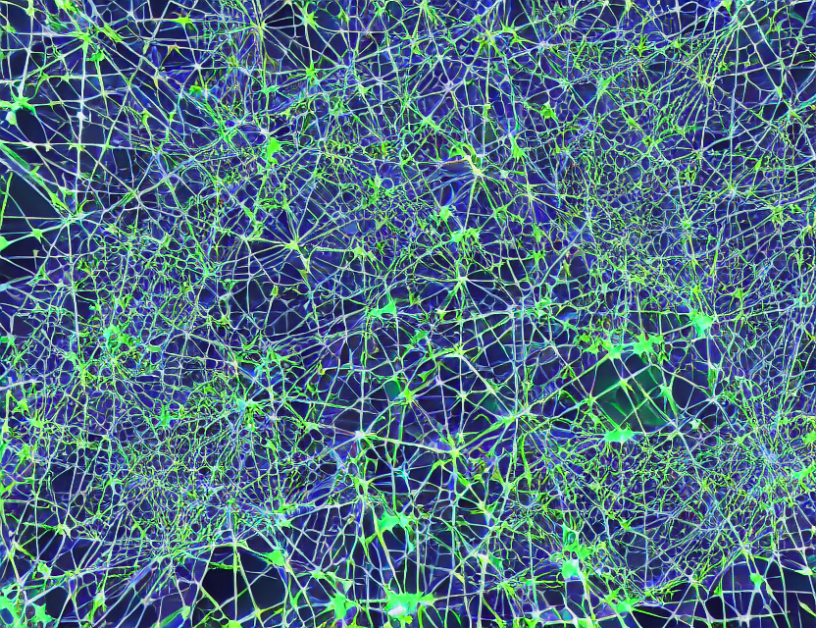In this article, we explore a novel approach to multi-view graph clustering called weighted fusion. The key idea is to assign different weights to each view based on their quality, which helps to balance the information from different views and produce more accurate results.
View Weighting: The first step is to obtain the node embedding for each view using a contrastive learning framework. These embeddings capture the structural information of each view. However, since the views may not contain the same information, we need to assign weights to each view based on their quality. This is done by evaluating the similarity between each view and the consensus embedding, which represents the overall structure of the graph.
Consensus Embedding: Once the weights are assigned, we use the k-means algorithm to obtain a consensus embedding that captures the underlying structure of the graph. This embedding is created by averaging the node embeddings of each view with different weights based on their quality.
Fusion: The final step is to fuse the consensus embedding with the node embeddings of each view using the assigned weights. This allows the model to utilize the complementary information between the views and produce more accurate results. The fusion process can be done using a variety of methods, such as element-wise multiplication or concatenation.
Advantages: The weighted fusion approach offers several advantages over traditional clustering methods. Firstly, it allows for better handling of inconsistent information across different views. Secondly, it provides more accurate results by leveraging the complementary information between the views. Finally, it enables the model to adapt to the quality of each view, which can be useful in situations where some views are more reliable than others.
Conclusion: In summary, weighted fusion is a powerful approach to multi-view graph clustering that allows for better handling of inconsistent information and produces more accurate results. By assigning different weights to each view based on their quality, the model can adapt to the quality of each view and produce more reliable results. This approach has important implications for a wide range of applications, including social network analysis, recommendation systems, and fraud detection.
Computer Science, Machine Learning
Deep Graph Clustering: A Comprehensive Review of Recent Approaches and Challenges



